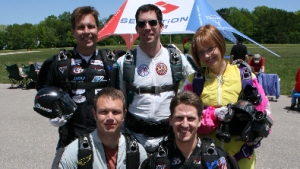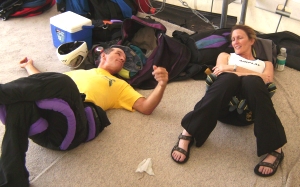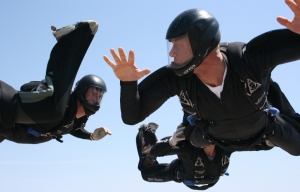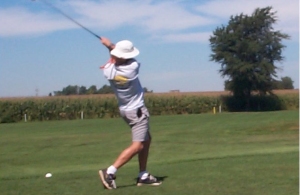
National
Skydiving
League
226 Pecan Street
Deland FL 32724
tel: (386) 801-0804
© 2003 - 2025
All Rights Reserved


226 Pecan Street
Deland FL 32724
tel: (386) 801-0804
© 2003 - 2025
All Rights Reserved


Mastering the mental challenges of 4-way competition is arguably one of the most crucial skills to become a top competitor. John Hart now focuses on this part of a comprehensive training plan.

The next several articles will be dedicated to mental training. It is one of the most overlooked topics, yet the important part of formation skydiving. Please contact me with any and all questions you may have at jhart@teamfastrax.org
John Hart

4-way Tips - Reference Material
Mental Training For Skydiving And Life, by John DeRosalia
Fight Your Fear And Win, by Don Greene

Another example would be to try and peak your energy right before you exit the plane. Between jumps when you are on the ground doing nothing, relax your energy and don't try to focus on anything. As you start walking through the next dive and creeping start bringing your energy level up, so when you actually exit the plane you are peaking and are ready to smoke the dive.

Next go through a visualization drill where you see yourself and the team completing the dive perfectly, go into great detail and see yourself flying like a god. Nothing distracts you, not the noise of the aircraft, not the smell of Jet A, not other skydivers in the plane laughing and yelling. You are totally aware and focused. Your energy level has come up to its peak level. You are completely prepared to perform your best dive ever.

A great example of this is the way a tennis player prepares to serve by bouncing the ball and rocking back and forth. Or the way a golfer shifts their weight and waggles the club head before a swing. You are trying to connect your brain with your body. A good example of this in four-way is going through the dive before exit and physically doing everything you can while seated in the plane like head switches, taking grips and block technique.